Turtle Conservation and Dingle Oceanworld
Caomhnú Turtair
Loggerhead Turtle
Turtar Ceannramhar
Caretta caretta
The Loggerhead turtle is listed by the International Union for Conservation of Nature (IUCN) as endangered. They have lived on the earth for over 110 million years, that’s long before the dinosaurs were around. They are found in nearly all the worlds temperate seas, Irish waters being too cold for this species of turtle to survive. Any loggerhead turtle being found here needs specialist care and attention before it can be re-released back into the wild.
Only 1 in 1,000 turtle eggs survive into adulthood.

Turtles and Dingle Oceanworld
At Dingle Oceanworld we have successfully rehabilitated over 12 Loggerhead turtles, Spike, Peig, Omey, Dylan, Blink, Molly, Sally, Saor, Tallulah, Úna, Mara, Cróga, Toby and most recently Maya . The process is often slow due to the poor health of the animals when they arrive with us. They have all been washed up on beaches and brought to us to rehabilitated. Firstly, the turtle’s blood is analysed, and the animal examined to determine if she requires any specific medical attention or vitamins. We gradually increase the turtle’s body temperature before we can introduce it to our large tropical display at 24 degrees Celsius.
The turtles are fed on a diet of mackerel, herring, sprat and squid with additional vitamins.
Once the turtles have regained body weight and any injuries healed, they can be reintroduced into the wild. Molly had incurred severe damage to her front flippers, most probably from an attack by a shark so is now a resident at Oceanworld.
In 2005 staff at Oceanworld aquarium assisted University College Cork and the University of Wales in Swansea with the first satellite tagging of a Leatherback Turtle in Ireland. The progress of the animal was followed for almost a year which gave an all-important insight into the behavioural patterns of these, the largest species of marine turtle.
